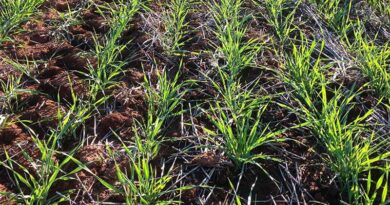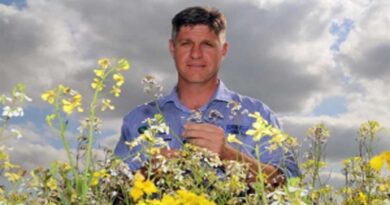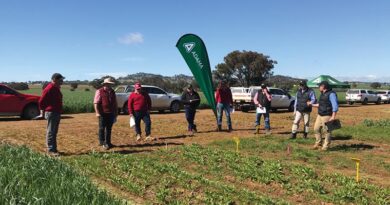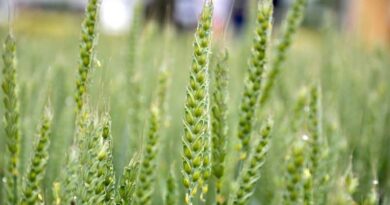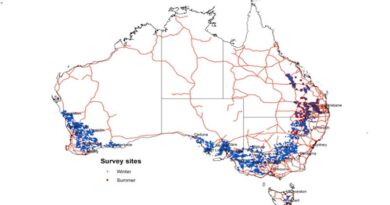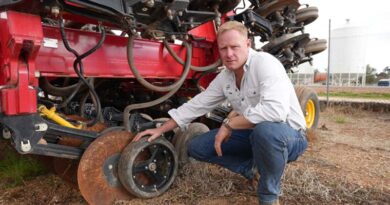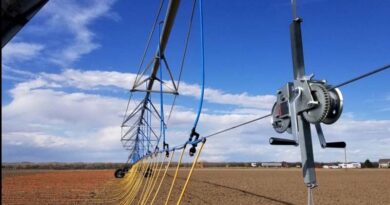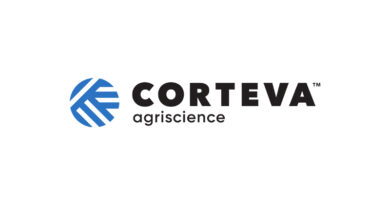Australia: New tools to keep ahead of evolving annual ryegrass resistance
29 November 2021, Australia: Reports of the continued evolution of annual ryegrass herbicide resistance across the country’s major cropping regions has once again reinforced the push for growers to use every possible weed management tool in the proverbial toolbox.
Fortunately, thanks to Bayer, more tools are coming.
Recent herbicide resistance testing by the Australian Herbicide Resistance Initiative (AHRI) across four states has indicated continued shifts in sensitivity to different herbicide modes of action and the ongoing requirement for robust management strategies to ensure mode of action groups are not lost to the industry.
Using multiple herbicide modes of action has long been a key plank of the industry’s major measures to help growers delay the evolution of resistance.
Rotating and mixing multiple herbicide modes of action improves weed control efficacy, particularly of important problem weeds and helps to increase the lifespan and number of effective applications of herbicides.
Triple mode of action for 2022
The industry is ready to welcome a new three-way mode of action herbicide expected to be registered in time for the 2022 winter cereal season for growers.
Mateno® Complete, from Bayer, contains a new herbicide mode of action for Australia, aclonifen (Group 32), in a complementary co-formulation with pyroxasulfone (Group 15) and diflufenican (Group 12) herbicides.
It is set to be registered for annual ryegrass control in both incorporated by sowing (IBS) and early post-emergent (EPE) application timings in wheat at a rate range from 750 mL/ha up to 1 L/ha, and for IBS application in barley at 750 mL/ha.
Aclonifen and diflufenican are taken up predominantly by plant shoots and leaves and so are particularly effective when supporting pyroxasulfone (predominantly taken up by plant roots) at the EPE timing.
Applied IBS, Mateno Complete offers a higher level of control of annual ryegrass, barley grass, annual phalaris, silver grass and toad rush and suppression of wild oats, great brome and capeweed.
Used EPE in wheat, it provides control of small silver grass, toad rush, wild radish, capeweed and prickly lettuce and suppression of annual ryegrass, barley grass and doublegee/spiny emex.
Staying ahead of the curve
Bayer’s leader of integrated weed management in Australia, Craig White, said the industry needed to keep finding new tools. Mateno Complete, with its complementary active ingredients and especially new aclonifen active ingredient, would need to be adopted in combination with other measures.
“To keep ahead of evolving resistance, growers need to look at multiple modes of action and active ingredients that are complementary,” Craig said.
“Mateno Complete has both of these in the one product. Used in a program that integrates other herbicides with different modes of action, it can be very powerful with what it offers.”
Trials over several years have shown Mateno Complete provides a slight improvement in annual ryegrass control compared with the industry benchmark herbicide, Sakura®, when applied IBS, and when applied EPE following an effective IBS pre-emergent herbicide, it takes weed control to a whole new level. With metabolic resistance in annual ryegrass a major concern for the industry, the EPE use pattern provides the dual benefits of increased weed control with the use of multiple herbicide modes of action within a season.
“Weeds can escape IBS applications, particularly weeds emerging in the crop furrow, but with the EPE application, you can come back in and control them,’’ Craig said.
“We haven’t had the opportunity to selectively target grasses post-emergence in wheat with new chemistry, and thereby improve weed resistance management, for some time. But it has to be done in combination with other key measures because weeds won’t stop evolving and in another decades’ time, we will be facing a different situation that will demand new tactics.’’
Broadleaf control
He said the excellent control of other grass weeds as well as broadleaf weeds from the EPE application of Mateno Complete also could help preserve important broadleaf herbicide tools for use in rotation or elsewhere within weed management programs.
“Mateno Complete controls key broadleaf weeds like wild radish and capeweed, and other important broadleaf weeds including volunteer canola, Indian hedge mustard and sowthistle are now under evaluation.’’
The EPE application provides growers with greater options to rotate post-emergent herbicides, or to use them in other parts of programs – and the ability to gain the biggest bang when they are deployed.
“Achieving longer control of annual ryegrass and other grass weeds whilst at the same time controlling broadleaf weeds and allowing alternate use of other herbicides provides the opportunity to best limit weed seedset for growers,” Craig explained.


